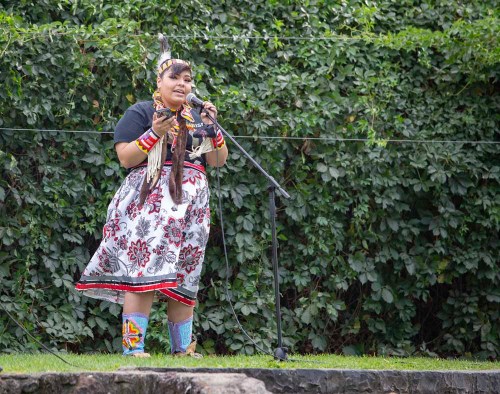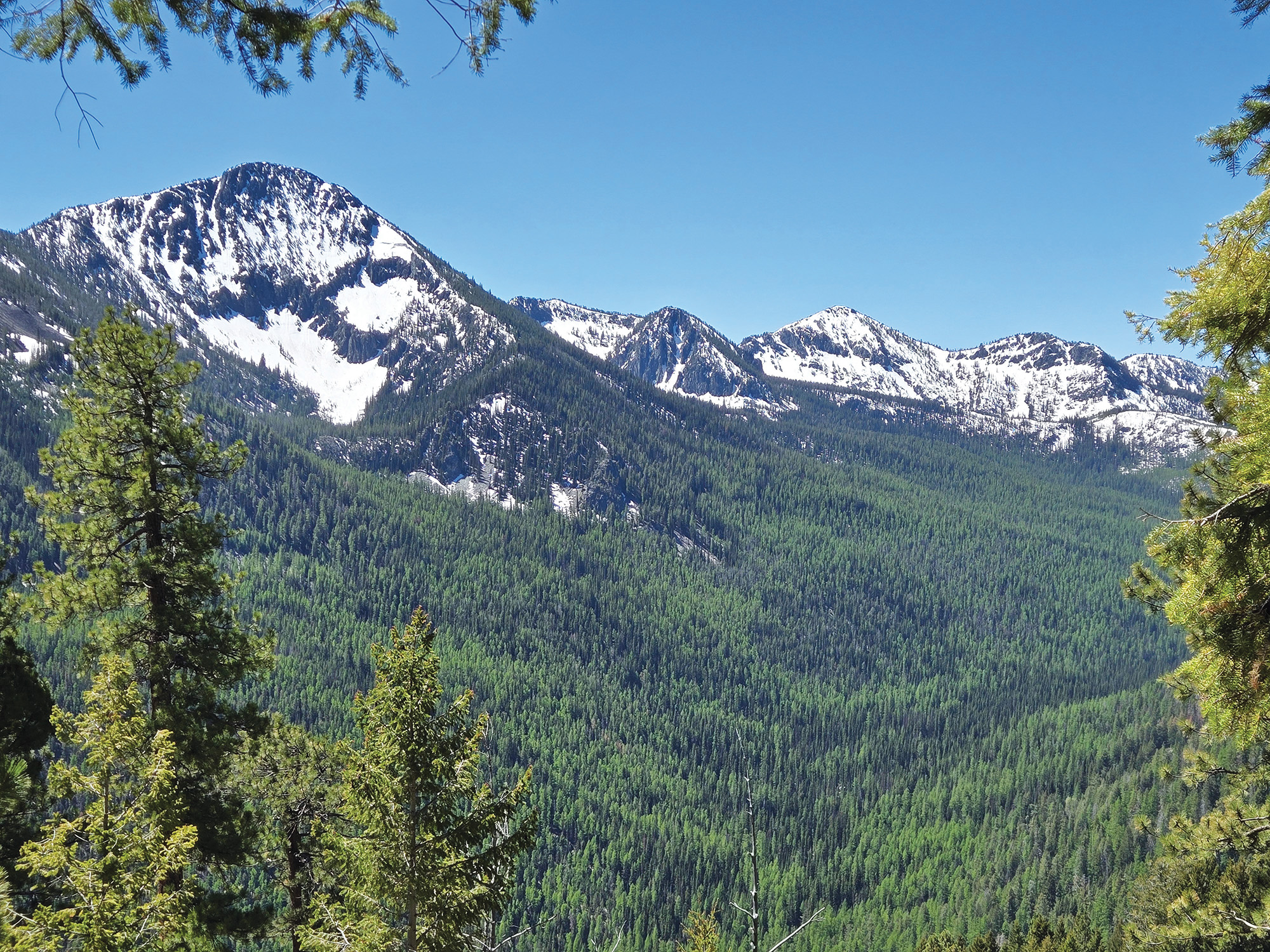‘We’re different, but our pain is the same’: CTUIR members rally behind Black Lives Matter
Published 6:00 am Thursday, September 3, 2020

- Max Jean Maddern, a 17-year-old nonbinary member of the Confederated Tribes of the Umatilla Indian Reservation, speaks during a Black Lives Matter protest at Roy Raley Park in Pendleton on Saturday, Aug. 29, 2020.
PENDLETON — In her opening remarks at the Saturday, Aug. 29, Black Lives Matter protest, co-organizer Briana Spencer reminded the audience assembled at Pendleton’s Roy Raley Park that they were on land that belongs to the Umatilla, Walla Walla and Cayuse tribes.
Based on the tribes’ original territory before it was ceded to the U.S. government, she could have made that statement anywhere from La Grande to the Tri-Cities and it would still be true, Spencer said in an interview after the protest.
Trending
Members from the Confederated Tribes of the Umatilla Indian Reservation and other tribes have been a significant part of Pendleton Black Lives Matter protests since the movement reignited in the wake of George Floyd’s death in May, and the trend continued on Aug. 29.
The protest opened with a drumming circle featuring members of the CTUIR, Siletz and Warm Springs tribes before giving way to a series of speeches that included Carina Miller, a Warm Springs member who is running for Oregon Senate District 30. A pro-Black Lives Matter car march took place concurrently to give participants a COVID-19-safe way of participating, and Spencer said CTUIR Board of Trustees member Jill-Marie Gavin and other tribal government officials took part.
In a county that’s only 1% Black, Spencer explained why she felt a sense of solidarity between the country’s Indigenous and Black populations.
“We’re different, but our pain is the same,” she said.
But the issue is also personal for Spencer. An enrolled member of the CTUIR, her ancestry also includes Nez Perce, Oklahoma Seminole, Cascade, Irish, French and Afro-Puerto Rican.
Although never straying too far from the topic of anti-Black racism, the protest featured a variety of Black, Latina and American Indian speakers from across the Inland Northwest who expanded into critiques of education and immigration policy.
Trending
Spencer said none of the speeches were screened or preapproved, and the goal of the speech portion of the protest was to give people of color a platform to speak freely.
One of those given the platform was Max Maddern, a 17-year-old CTUIR member who is starting their senior year at Nixyaawii Community School.
A nonbinary individual who uses “they” and “them” pronouns, Maddern shared their experiences as an American Indian student going through the Pendleton school system.
Maddern said the results of the 2016 presidential election emboldened some of their middle school classmates to use racial slurs and taunt the culture and traditions of Native American, Latino and Black students. When they decided to go to Nixyaawii for high school, other students engaged with stereotypes and told them the school, where 4 in 5 students are American Indian, is filled with drugs and gangs.
Before the speech, Maddern said most of their activism had taken place online and on the video app Tik Tok, where they posted about social justice issues. They agreed when Spencer, Maddern’s cousin, recruited them to speak, but they were nervous about talking in front of a crowd that swelled to about 250 people and the armed counterprotesters who had promised to gather in opposition to Black Lives Matter.
But Maddern grew more confident as the speech wore on, and they were quickly greeted by embraces from their family as soon as the speech ended.
Maddern has spent time thinking about why some tribal members have rallied behind the cause of Black Lives Matter, having recently had a discussion with another student about why they were participating.
For Maddern, Black Lives Matter was just the start and would eventually lead to justice for Native Americans and other oppressed groups in the U.S.
[EDITOR’S NOTE: This story has been changed to reflect a correction. In one instance, the story misgendered protestor Max Maddern. Maddern uses they and them pronouns. We regret the error.]









